How to View Meteor Showers, Lunar Eclipses and More From the Lowcountry in 2026
Local experts share how to make the most of the upcoming year’s celestial show.
Story by Mackenzie Lionberger
Photography by Bill the Sky Guy
Nothing caps off a Lowcountry evening quite like gazing up at a dark sky scattered with stars. For those who love to look up, there’s plenty to see in the months ahead, and even more in the 2026 celestial year. From meteor showers and lunar eclipses to the constellations that guide us through the seasons, the night sky has a way of pulling us back to wonder.
A local guide to the galaxy
“Most people think space is incomprehensible once you leave Earth,” said Bill Gwynne, a local astrophotographer known as Bill the Sky Guy. “It’s not. It’s absolutely comprehensible. But you have to spend time with it.”
Gwynne grew up during the 1960s space race, a time when the entire world seemed to be looking up. He remembers watching Apollo 11 soar toward the unknown on television, a moment that didn’t just introduce the world to space but introduced him to his life’s passion.
After receiving his first telescope at age 10, he began identifying planets, constellations and faraway wonders that would fuel a lifelong curiosity. Today his mission is sharing that excitement with others. Each week he leads stargazing sessions for more than 150 guests at the Marriott Vacation Club properties, giving context to what they see above. It’s more than pointing out stars; it’s about understanding the universe.
“You don’t need gear. You need curiosity, patience and binoculars,” Bill said.
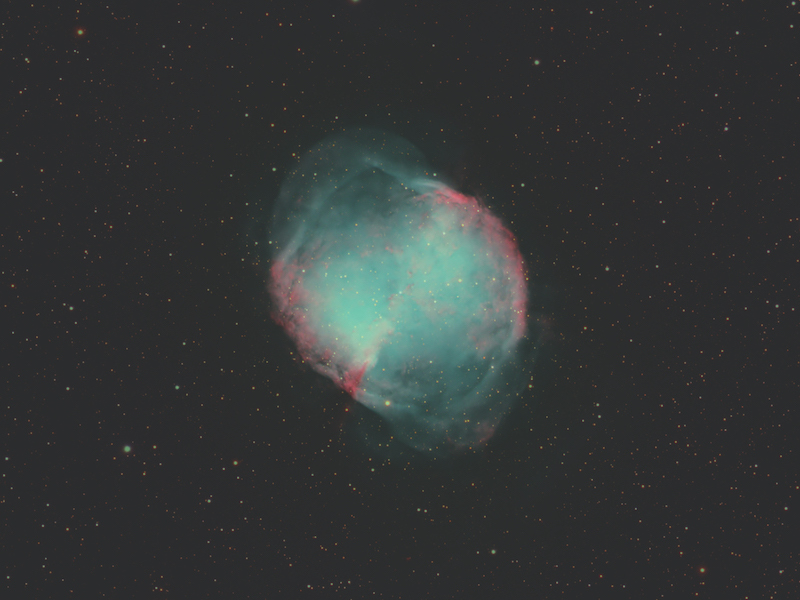
M27, known as the Dumbbell Nebula, is a glowing shell of gas and dust cast off by a dying, sun-like star about 1,360 light-years away in the constellation Vulpecula. Discovered by Charles Messier in 1764, it was the first planetary nebula ever recorded and remains one of the most photographed. Through binoculars or a small telescope, its soft green hue and hourglass shape make it an unforgettable sight. It’s best seen from late summer through early fall.
Stargazing tips from the pros
If you’re planning to catch a meteor shower, head away from artificial light. The farther you are from the town, the clearer the view. The beach or a quiet rural area makes the perfect backdrop. Go after midnight when meteors are more frequent, and choose a moonless night so its glow doesn’t wash out the show.
For a lunar eclipse, patience is key. The event unfolds over roughly two and a half hours, so carve out time to take it in. The best part is that anyone on the moonlit side of Earth can enjoy the sight.
When it comes to constellation spotting or casual stargazing, do a little homework beforehand. Learn a few star patterns so you know what to look for. Bring a few friends, a blanket or chair, binoculars and maybe a telescope. Just don’t bring it to the beach, where sand can wreak havoc on the optics. Above all, stay curious, and take it slow.
“Wonder within context. That’s where the magic lives,” Bill said
How to capture the night
Photographing the stars might sound like something best left to professionals, but it’s easier than you’d think. With a little preparation and patience, the results can be out of this world.
“Keep an open mind, stay curious, and enjoy the process,” said Lyndi Leary, a professional photographer in Bluffton.
For meteor showers she recommends a wide-angle lens around 16mm, a high ISO and a sturdy tripod with a remote shutter. For lunar eclipses, reach for a long lens around 400mm, use a low ISO, and focus manually to capture the moon’s shifting stages. Set your focus before it gets too dark to avoid struggling in the shadows.
“Bug spray, a good friend and a six-pack of beer is the best formula for night photography,” said Leary.
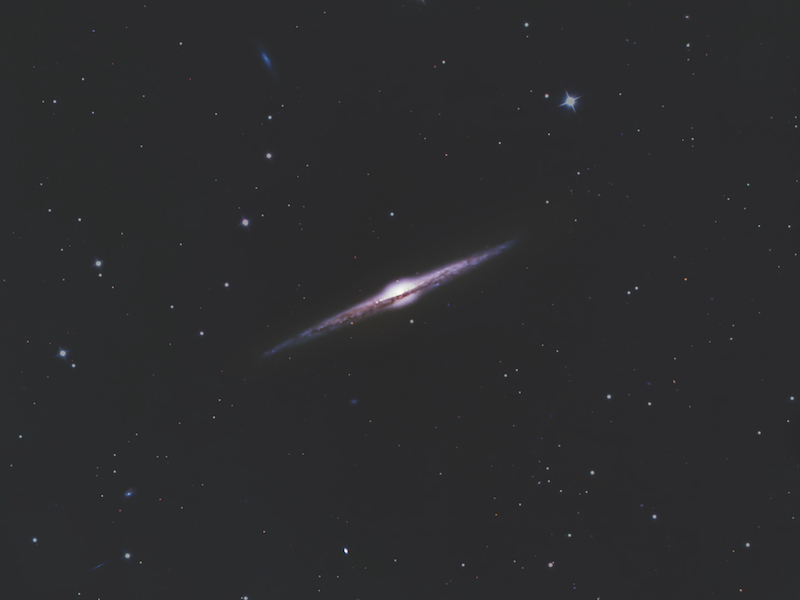
NGC 4565, known as the Needle Galaxy, is a razor-thin spiral galaxy about 40 million light-years away in the constellation Coma Berenices. Seen edge-on from Earth, its glowing disk slices cleanly through the darkness, creating one of the most dramatic profiles in the heavens. Catch it between April and June when it’s highest above the horizon.
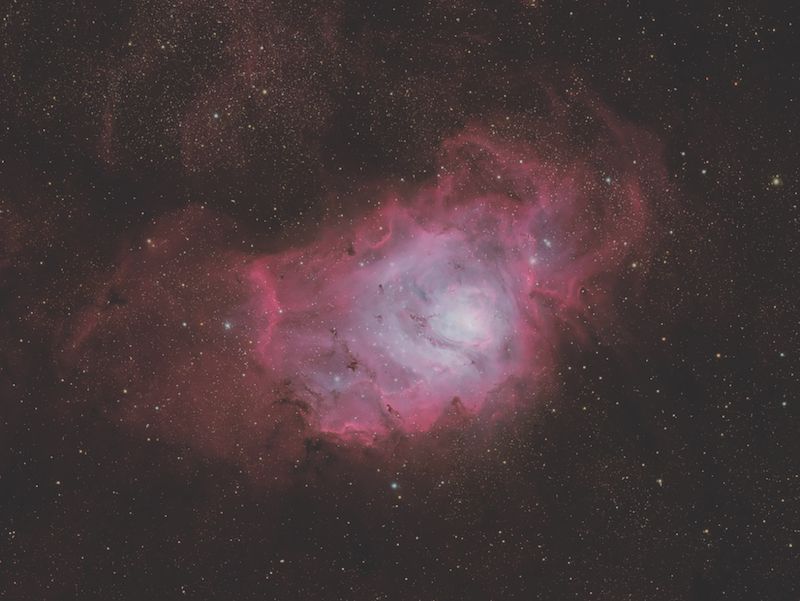
The Lagoon Nebula (M8) in Sagittarius glows as a vast cradle of star birth, where newborn suns illuminate and sculpt the surrounding clouds into delicate swirls of pink and gold. Technically visible to the naked eye as a faint smudge within the Milky Way, this shimmering nebula rewards binoculars or small telescopes with breathtaking texture. Best viewed on clear summer nights.
Look up and take it in
With a full calendar of celestial events ahead, there’s never been a better time to slow down and reconnect with the sky. Whether you’re tracing Orion over the marsh, catching a meteor streak above the beach or simply marveling at the moon, every night offers a reminder of the universe’s quiet beauty.
Make sure to look up. You won’t want to miss it.
Save the dates
The months ahead promise a steady parade of cosmic wonders, from fiery meteor showers to glowing supermoons. Whether you’re watching from the beach, the marsh or your own backyard, these are the Lowcountry nights worth staying up for.
- Nov. 4-5: Taurids Meteor Shower: A minor shower with about five to 10 meteors per hour. The Taurids are slow-moving and bright, often producing impressive fireballs.
- Nov.16-17: Leonids Meteor Shower: Peaking around Nov. 17, the Leonids can produce up to 15 meteors per hour under dark skies. Their long, fast streaks make them easy to spot over open water.
- Nov. 20: New moon: With no moonlight to interfere, this is one of the darkest nights of the year and ideal for deep-sky viewing.
- Nov. 21: Uranus at opposition: Uranus will be directly opposite the sun, making it brighter and easier to view through binoculars or a telescope.
- Dec. 4: Cold Moon (supermoon): The final full moon of the year rises big and bright. Known as the Cold Moon, this one will also be a supermoon, appearing slightly larger in the sky.
- Dec. 13-14: Geminids Meteor Shower: The Geminids are one of the most reliable meteor showers of the year, with dozens of bright streaks per hour. The show peaks late at night and lasts until dawn.
- Dec. 21-22: Ursids Meteor Shower: A quiet but lovely finale to the year’s meteor showers. With the moon out of the way, it’s worth staying up to catch a few before midnight.
- Jan. 3-4: Quadrantids Meteor Shower: A brief but brilliant display that can produce up to 40 meteors per hour. Best viewed after midnight from a dark beach or marsh.
- Jan. 13: Full Wolf Moon: The first full moon of the year glows high in the winter sky, illuminating the marshes and sea oats with soft silver light.
- Feb. 8: New Moon: A prime opportunity for deep-sky viewing. Look for Orion, Canis Major and Gemini shining bright over the horizon.
- Feb. 20: Full Snow Moon: A crisp, cold moon that reflects beautifully off the water. Perfect for moonrise photos along the beach.
App-solutely stellar
You don’t need a telescope to explore the cosmos; just your phone and a clear Lowcountry sky. These apps make it easy to identify constellations, track planets and time your stargazing perfectly. Turn off your phone’s brightness, and use red-light mode to protect your night vision. Then head to a dark stretch of sand, and let your screen be your guide to the galaxies.

Best for effortless navigation
Sky Guide: Simply point your phone at the sky, and Sky Guide instantly labels stars, planets and constellations in real time. It even works offline, perfect for those quiet nights at the beach when cell service fades. You also can set alerts for upcoming celestial events, such as meteor showers and eclipses.
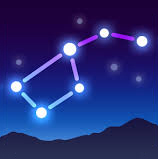
Best for learning on the go
Star Walk 2: This app turns stargazing into a guided experience. Its 3D models of constellations and mythological overlays make it ideal for families and beginners. It also adjusts to your exact location, giving you an accurate sky map for the Lowcountry.
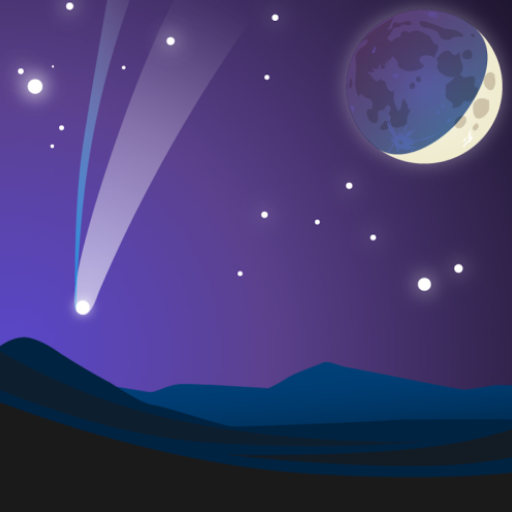
Best for telescope users
SkySafari: If you have a telescope, SkySafari is your cosmic copilot. The app offers deep-sky object catalogs, observing tips and even telescope control for certain models. It’s packed with detail yet surprisingly easy to use, whether you’re looking for Jupiter’s moons or the Needle Galaxy.

Best for visual wow factor
Night Sky: Night Sky combines augmented reality with smooth animation, letting you “walk” through the stars right from your screen. It’s great for casual observers who want an immersive experience. It includes notifications for International Space Station flyovers, often visible from local beaches.
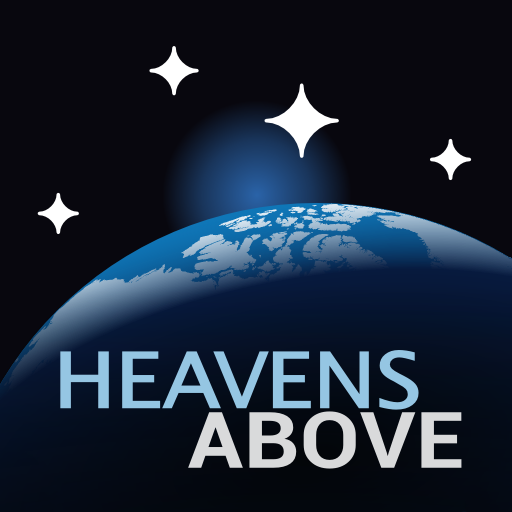
Best for satellite spotters
Heavens-Above: This old-school favorite is perfect for those who love tracking more than just stars. Heavens-Above lists visible satellites, ISS passes and even Starlink trains, all tailored to your local coordinates. A simple, data-driven app for serious sky watchers.









